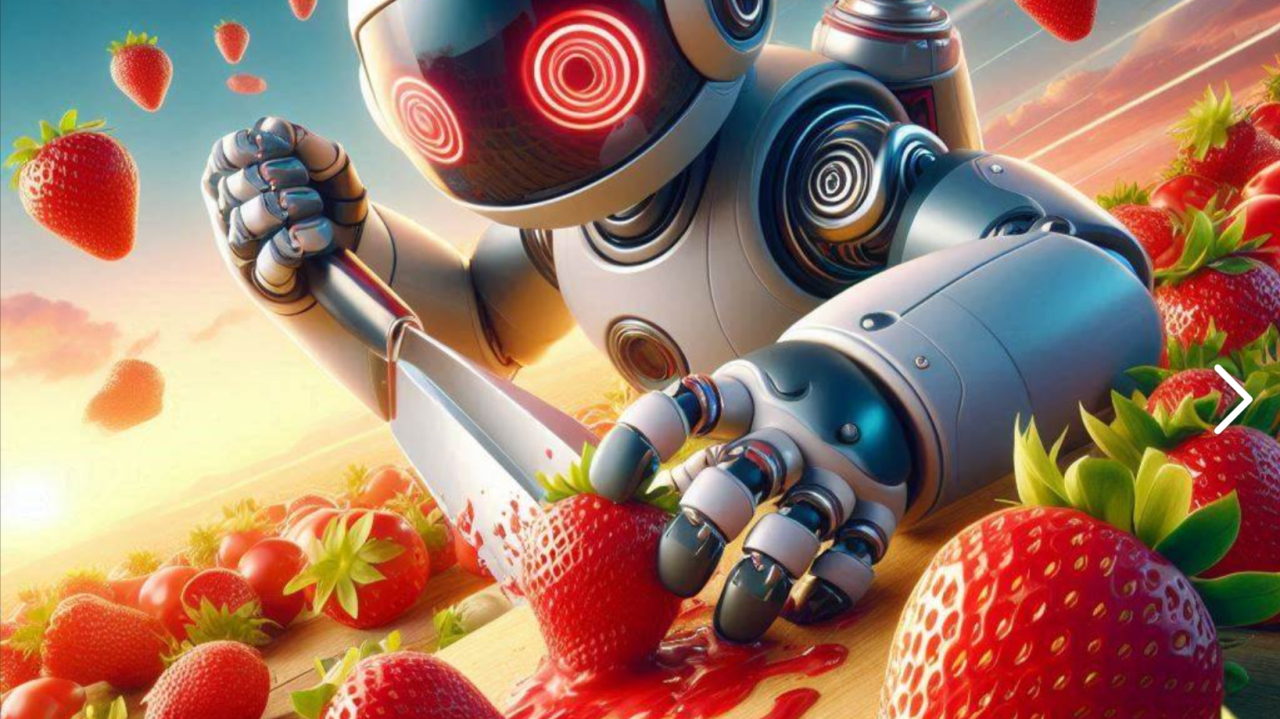
Did you see the recent memes and trend mocking AI’s struggle with counting the letter “R” in the word “strawberry” 🍓? It was one of those funny AI quirks that went viral and left many people scratching their heads. It was like watching a genius get tripped up by a first-grade spelling test. Lets break down what is going on.
In the world of artificial intelligence, it may seem surprising that a seemingly simple question like “How many ‘R’s are in the word ‘Strawberry’?” can stump major AI models. You might wonder why something so basic could be challenging for advanced technology. The answer lies in a process known as tokenization.
When you input text into an AI model, such as ChatGPT or Meta AI, the model doesn’t immediately see your question in the way that a human would. Instead, before the model processes the text, it undergoes a step called tokenization. This step converts the text into smaller units called tokens, which are easier for the model to manage.
Let’s take OpenAI’s tokenizer as an example. It breaks down the input text into tokens, which can represent whole words, subwords, or even individual characters, each assigned a numeric ID. These tokens are the building blocks the AI uses to understand and generate responses. However, here’s where the issue arises: the model isn’t working directly with the original text anymore; it’s working with these numerical representations.

So, when you ask, “How many ‘R’s are in the word ‘Strawberry’?”, the model doesn’t actually “see” the word “Strawberry” as you typed it. Instead, it’s making predictions based on the tokens it received, and running pattern recognition. This can lead to what we as industry experts might call a “random guess” as the model is not processing the original word in the way you intend, but rather trying to predict the answer based on how similar questions have been answered in all of it’s learning content.
Interestingly, you can improve the accuracy by breaking down the word “S T R A W B E R R Y” into individual letters first and then asking the same question. When each letter becomes its own token, the model gains more precise information, making it easier to count specific letters like ‘R.’

This example highlights both the power and limitations of AI as it stands today. While these models are incredibly advanced in many respects, they sometimes struggle with tasks that require a direct understanding of specific text patterns. As AI continues to evolve, refining how models handle tokenization and other foundational processes will be key to improving their accuracy in tasks like these.
By understanding the nuances of how AI interprets language, we can better appreciate both its capabilities and its current limitations, leading to more effective and accurate interactions in the future.
Funnily enough, as I was writing this post, I tested ChatGPT again, and it and other OpenAI model got the answer right. Some background OpenAI developers have probably trained the exception because if you try it today, and you’ll find that all the major AI models have mastered their berry-related counting skills. However, if you swap “strawberry” for “raspberry,” the models are back to square one, making the same old mistakes. It’s as if AI is just not a fan of the more complex fruits!

So next time you’re enjoying a Strawberry, raspberry—or any other fruit—remember that while AI might not always get it right, we’re still making sweet progress. Stay curious, keep experimenting, and never stop asking questions—because even the simplest ones can teach us something new.


Leave a Reply